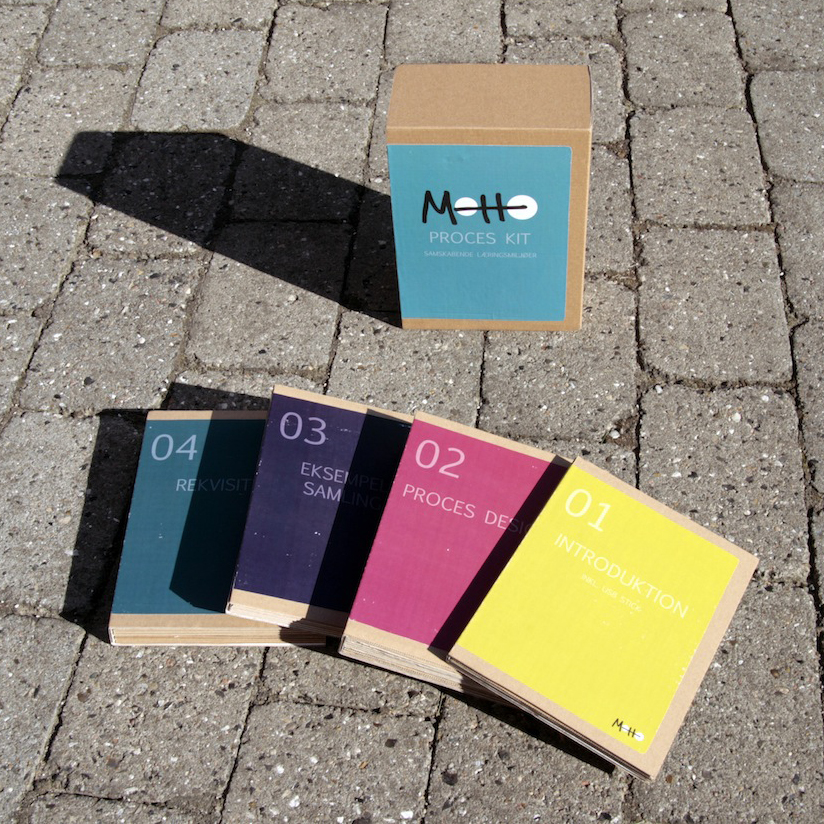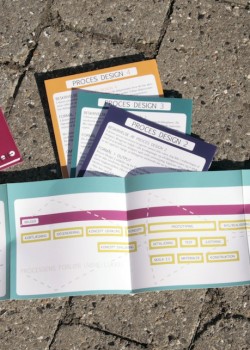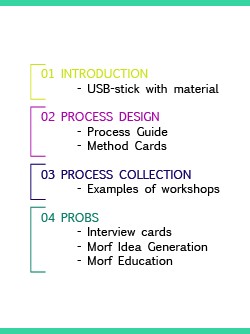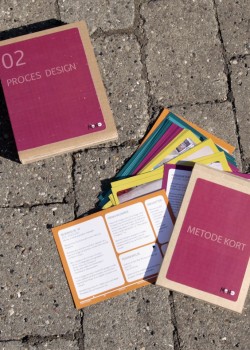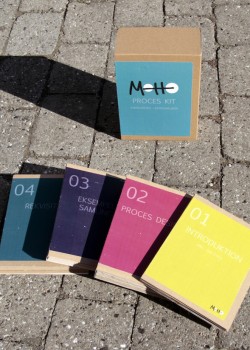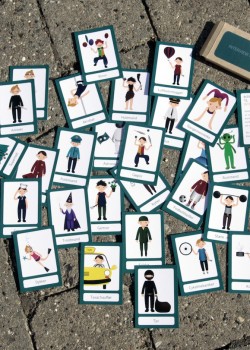The MoHo Process Kit for the design of learning environments contains various tools and equipment that make it possible to design processes involving the users. In the kit you amongst others find; process plans which can be used as guides through the planning of the overall process, collection of examples, showing different ways to build processes, method cards with descriptions of various exercises and assignments and props, supporting the exercises. A summary of the kit contents can be viewed below.
Who is it addressed to?
MoHo Process Kit is designed for designers, teachers, schools and architects to focus on the interaction between learning environments and the pedagogical approach.
What is co-creative processes?
A process consists of a series of sequences that relate to each other and generates new knowledge along the way as the process unfolds. The more sequences, the more resources are required. The co-creative process is focused on creating as a team. The focus on learning environments means that the participants get involved in the development of the physical environment, to improve the quality of the final solutions.
What is the purpose?
Involving users can produce outputs at two levels:
A) Ownership of the project.
B) Democratic processes where the context is a an fundamental parameter.
You can choose to focus more on one level than the other. you have to make sure that the users know the frame so they do not experience breach of trust during the process. If you choose to focus on B, where the users are involved in the development, you will normally embrace A as well. However, one should expect that this type of process is more resource intensive than the former.
When is it an advantage?
By involving the people using the space on a day-to-day basis it’s easier to focus on the interaction between the pedagogical approach and the physical environment and thereby qualify the design. You can work with co-creative processes when new schools are being designed, and old ones being renovated and upgraded. The framework focuses on enhancing the play between architecture and pedagogy and makes it clear to see how the co-creative process can be a part of a transformative process of change in which schools become wiser about their values and visions and what requirements it imposes on the learning environments.
How to design co-creative processes:
Processes can vary a lot, it all comes down to scope, duration and to what extent you wish it to effect the building. First you should carefully consider the goal of the process, and then decide what kind of involvement is optimal. You must also know what resources are available, then the process can be adapted accordingly. When the process is designed it is important to involve users only to the extent it is needed, this makes the process more targeted and overall more effective.
How to use the kit:
In the kit you will find different tools and props to help you get started with designing co-creative processes. It is important that you familiarize yourself with the materials and get your own experience. The various tools and props must be adapted to the process you decide to work with. It is important that you relate to the goal and the users. The answers you seek can be found in many different ways – just make sure to find a method that suits the targeted audience. Make sure to make your own reflections along the way, thus you can easily adjust the process next time you design a course.
